|
Whether talking
about Science Fiction films or Film in general, it's hard to dispute
that
the scene of the Orion III space plane approaching the ringed Space
Station V in Stanley Kubrick's 1968 film 2001: A Space
Odyssey
remains one of the more memorable scenes in Film History. Choreographed
to Johann Strauss' Blue Danube Waltz, it set a new standard for how a
science
fiction movie should look.
For a long time after the film's release, only the Orion "Space
Clipper"
and the Moon Bus were ever produced as plastic model kits.
Fortunately,
since the 1980s, the garage
kit industry has filled in many of the blanks, producing kits of
subjects
that the big companies wouldn't provide. Fantastic Plastic Models now
offers
their kit 2001: Space Station V which is available from
the Fantastic
Plastic Virtual Museum Store.
|
|
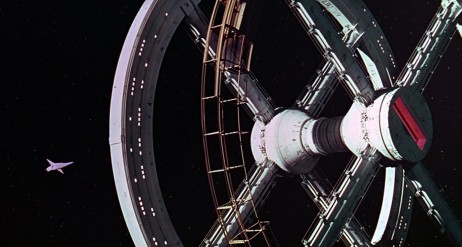
|
The
kit contains
"200+ pieces." Twenty-seven of them are cast out of polyurethane resin
and make up the ring, central hub, ring spokes and the Orion III
space plane. The rest is all photo-etched stainless steel and makes up
assorted fine detail and also the framework of the unfinished secondary
ring as it appeared in the film.
The
masters
for the resin parts of the kit were made from AutoCAD drawings by Scott
Lowther using "stereo lithography," an industrial version of "3D
Printing".
This method has been used for some other high-end garage kits and makes
for much cleaner and geometrically consistent master parts.
This is
not a model kit for the inexperienced or squeamish modeler. Over one
hundred and fifty of the kit's parts are
photo-etched
stainless steel, most of them tiny and very delicate. I've built other "multi-media" kits, including Lunar
Models' Voyager space probe, which included resin and very finely detailed photo-etched brass
parts. The kit was very challenging but was much simpler than the Space Station V. (I built Voyager in 1994 -
vision was sharper, hands steadier.)
|
The resin parts
are nicely cast and show a lot of fine detail. The pieces, cast by Mana
Studios appear to be free of air bubbles. Pour stubs on some of the
parts
are large and will require removal and some clean-up. Though there is
quite
an amount of flash on the parts, it's mostly thin enough to be scraped
off with a fingernail.
A few of the
parts actually have bits of the silicone rubber mold stuck in crevices,
one of which is visible as a small green fleck on the top piece in the
image to the right. Sadly, silicone rubber molds don't last forever and
kits like this are often limited to short runs unless the manufacturer
decides to cast new molds from the masters.
One group of
parts where flash may be an issue is the ring spokes, some of which are
shown below. Each spoke consists of a single core with very thin
"cables"
running along two sides. These cables appear very fragile and will
require
care in handling and flash clean up.
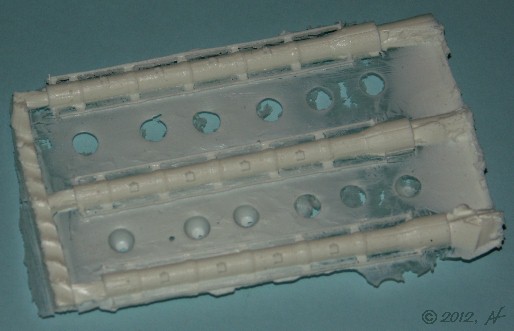
Fantastic Plastic
wisely chose to use stainless steel for the photo-etched parts. Made by
Paragrafix, some of the parts are so tiny and delicate that softer
brass
or aluminum, more commonly used in multi-media model kits, would be too
fragile. All of the photo etched parts are clearly marked.
|
|
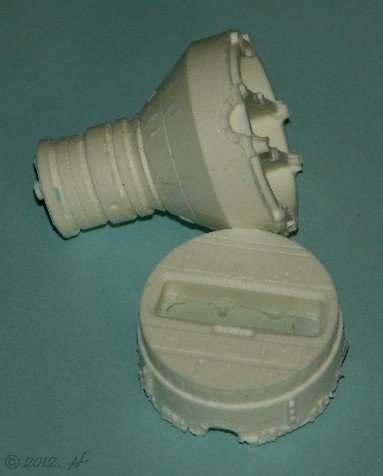
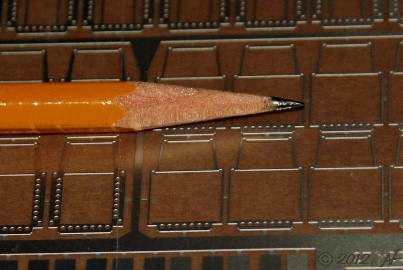
|
For
Sci-fi modelers
who like to add lights to models, only the core section has any hollow
spaces conducive to lights and wiring. The solid-cast ring segments and
spokes make it next to impossible to light the ring windows. Some
serious
props to anyone who manages to do this.
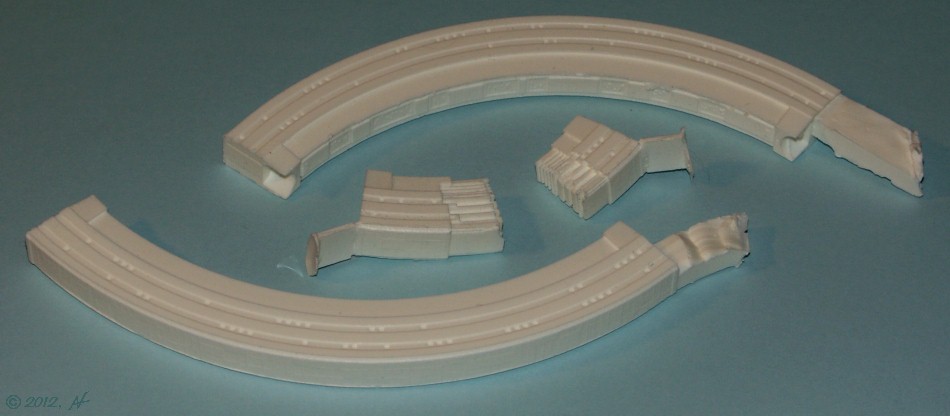
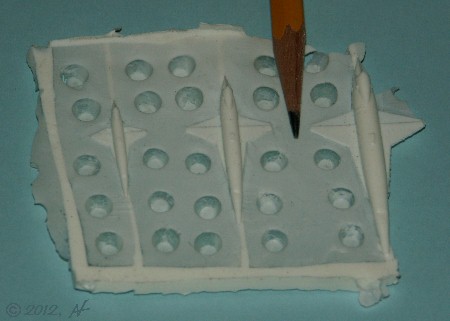
|
|
Because of
the space station's changing size from original concept to film,
Fantastic
Plastic provides not one but three Orion III space planes to
depict
the space station in three different scales.
In Arthur C.
Clarke's novelization of 2001: A Space Odyssey, the
space
station, referred to as Space Station One is described as a
"three-hundred-yard-diameter
disk." The double-ringed station in Kubrick's film, now called Space
Station V, is scaled to look over twice that size so it would appear
much
more impressive next to the approaching Orion.
The kit provides
the space plane in three lengths: 7/8, 1-3/8, and 1-7/8 inches long
depicting
the 230 foot long Orion spacecraft in 1/2800, 1/2100 or 1/1400
scales.
The largest Orion makes the space station model scale out to
the
size of the novel's space station. The smallest one would match the
model
to the movie space station's conjectural size of two-thousand feet
across.
The middle is a compromise. Even the tiniest of the Orions is
nicely
cast.
|
|
The
kit comes
with instructions that cover four 8 1/2 by 11 inch pages. Drawings and
text lay out the assembly of all of the resin and steel parts.
Also
aiding in the assembly is a copy of Scott Lowther's CAD drawings scaled
to the same size as the kit.
The
resin portion
of the kit is very simple and once flash and pouring stubs are removed,
should go together very easily. The core parts fit together using
notches
and grooves. The ring segments key together where they are joined to
the
spokes. The #1 and unfinished #2 ring are assembled separately and then
joined together via keyed gluing surfaces.
The
kit's real
challenge is in handling all those metal parts. Most are delicate and
many are tiny
and all will need to be handled carefully. The framework of the #2 ring
is
designed so that the long pieces fit through notches and slots in the
frame
pieces
which should make assembly of this part easier. While the intricate
latticework
of the unfinished #2 ring looks very complicated, the combination of
the
instructions and the scale drawings should simplify the assembly.
No
display stand
is provided although a really nice acrylic base is sold by a third
party
provider with nice photos on Fantastic Plastic's Virtual
Museum Store page.
Photos of Allen
Ury's buildup on his Fantastic Plastic website show that the 2001:
Space Station V kit can be built up into a beautiful model. Though
very challenging, the kit appears to be buildable by any modeler with
some
resin and photo-etch experience and lots of patience. I still won't
call
this an easy kit but the quality of its design, engineering and
production
makes this a kit that I look forward to building.
|
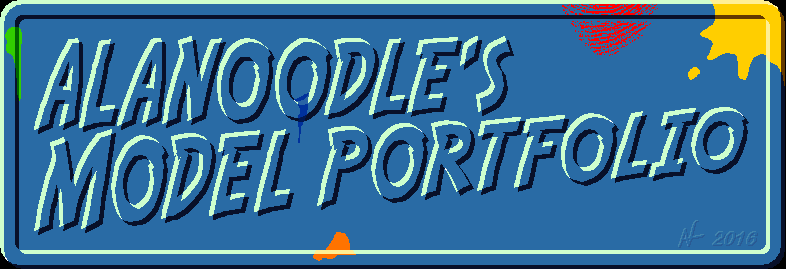

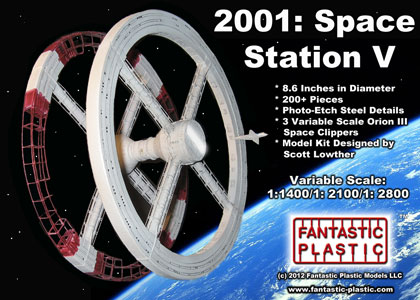

![]()